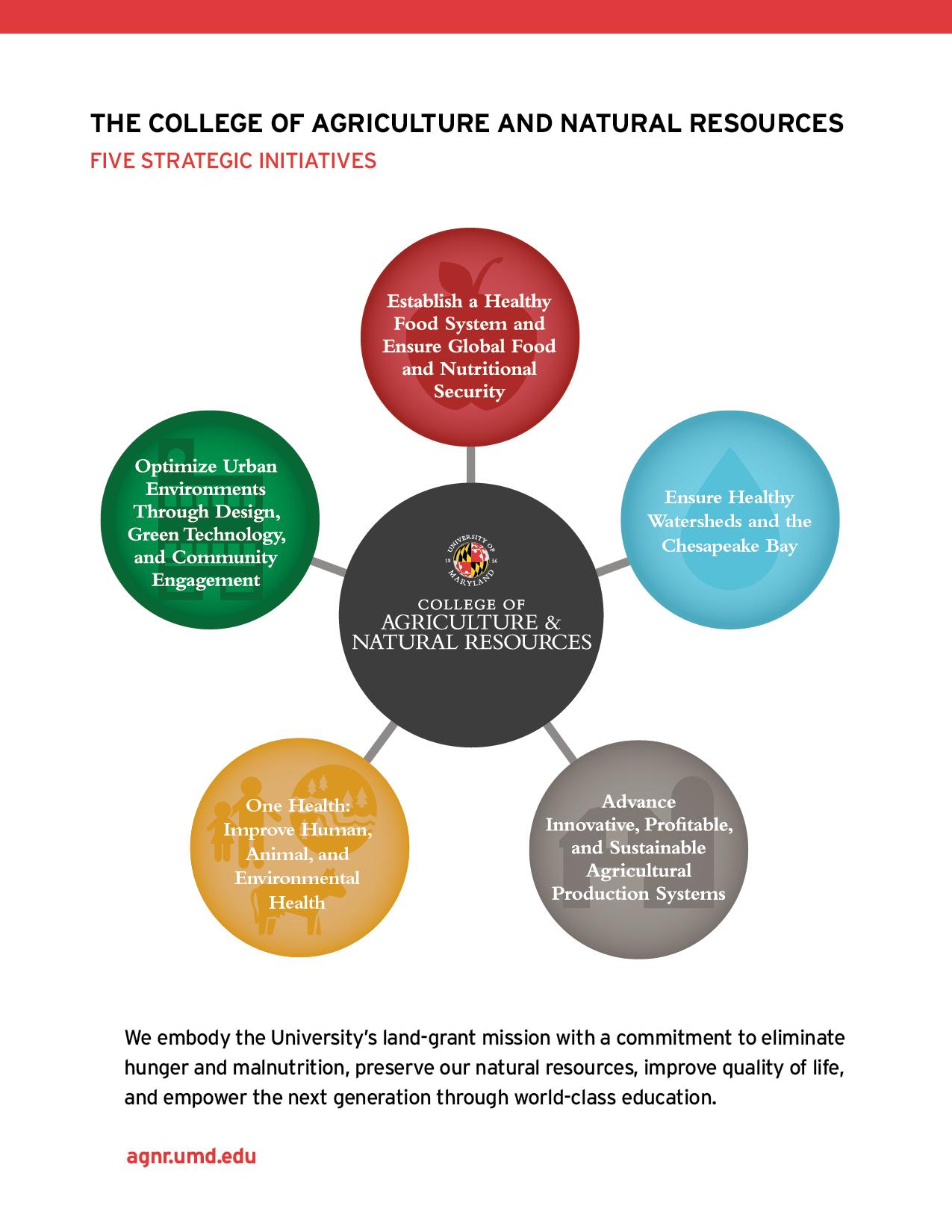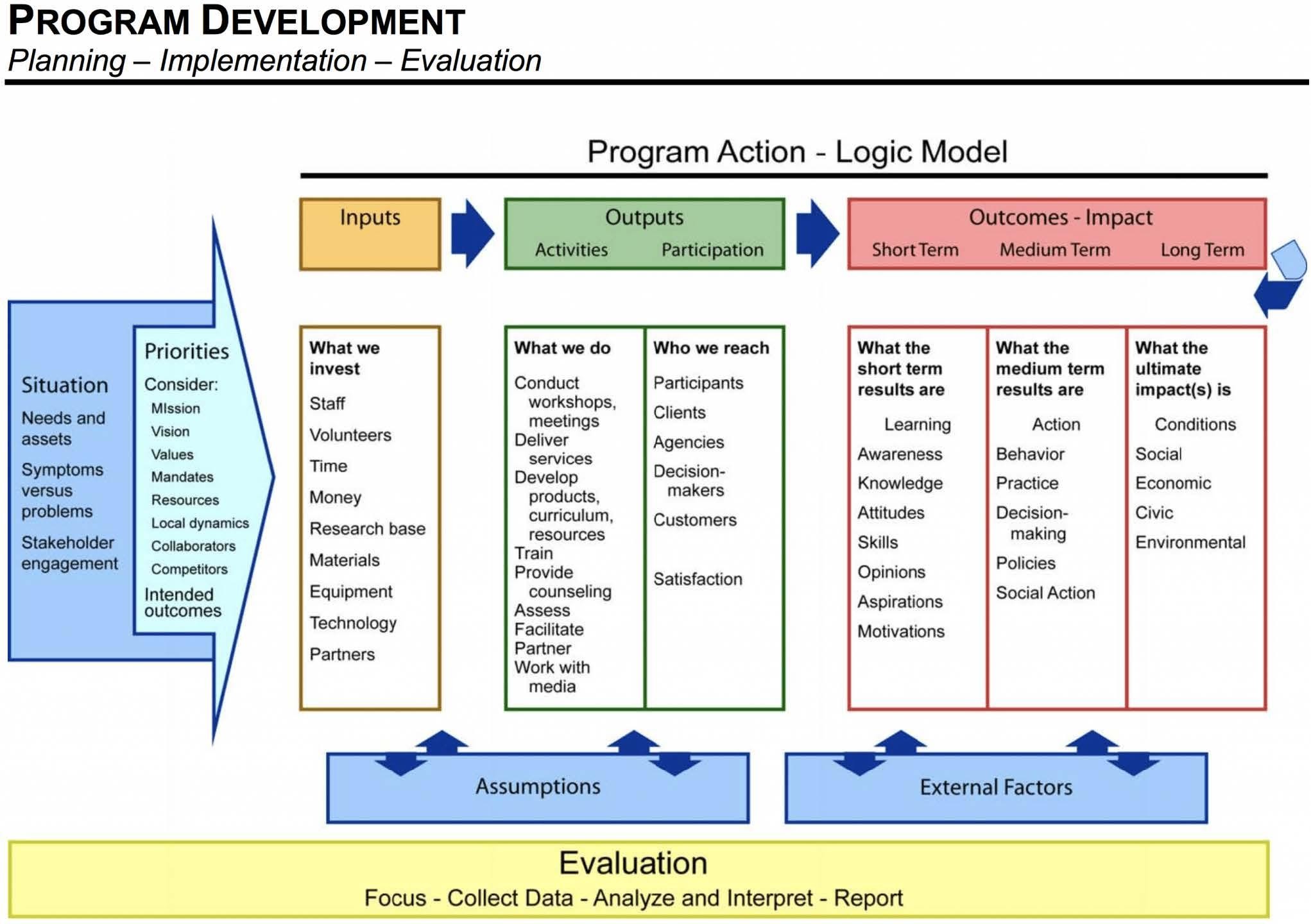Developing a Meaningful Impact Statement
Length: 42:06 | Date: November 17, 2022
Speakers: Dr. Jeff Howard and Dr. Debasmita Patra
Impact Statement Guidelines
November 17, 2022
Dr. Debasmita Patra
University of Maryland Extension
Program and Organizational Development (POD) Unit
Contents
| Program Title: | [Program Title] |
| AGNR Strategic Initiatives: | [list of [Please check the AGNR Strategic Initiative that is most closely aligned with this impact statement. You can find more information about the AGNR Strategic Initiatives here: <a>https://agnr.umd.edu/about/strategic-initiatives</a>] separated by ", "] |
| Date Submitted: | [Date Submitted: Month Date Submitted: Day, Date Submitted: Year] |
| 4-H Youth Development Priority Areas: | [list of [4-H Youth Development] separated by ", "] |
| Agriculture & Food Systems Major Program Areas: | [list of [Agriculture & Food Systems] separated by ", "] |
| Environment & Natural Resources Major Program Areas: | [list of [Environment & Natural Resources] separated by ", "] |
| Focus Areas: | [list of [If this impact statement is related to Sea Grant work, please choose the best focus area:] separated by ", "] |
| Family & Consumer Sciences: | [list of [Family & Consumer Sciences] separated by ", "] |
| Relevance: | [Relevance: What was the problem?] |
| Response: | [Response: What was done to address the problem?] |
Results: |
[Results: What Difference did this Program Make for Maryland Residents?] |
| Keyword(s): | [list of [Keyword] separated by ", "] |


Major UME Programs
| ✔ | 4-H Youth Development (4-H) |
|---|---|
| ▢ | Building community and civic engagement |
| ▢ | Developing leadership skills for life |
| ▢ | Nurturing social empowerment and resilience |
| ▢ | Improving college and workforce readiness |
| ▢ | Fostering exploration and creativity in arts and sciences |
| ▢ | Promoting healthy lifestyles and self-acceptance |
| ✔ | Agiculture & Food Systems (AgFS) |
|---|---|
| ▢ | Farm and agribusiness management, entrepreneurship |
| ▢ | Fruit and Vegetable production |
| ▢ | Livestock |
| ▢ | Ornamental horticulture, greenhouse, landscape, and nursery |
| ▢ | Poultry |
| ▢ | Row-crop, forage, and pasture production |
| ✔ | Environment & Natural Resources (ENR) |
|---|---|
| ▢ | Aquaculture, Seafood Production, Seafood Safety |
| ▢ | Climate and Energy |
| ▢ | Forest Resources |
| ▢ | Home Horticulture and Master Gardener |
| ▢ | Land Use and Watershed |
| ✔ | Family & Consumer Sciences (FCS) |
|---|---|
| ▢ | Financial Wellness |
| ▢ | Food Safety |
| ▢ | Health Insurance Literacy |
| ▢ | Health Literacy |
| ▢ | Nutrition, Health, and Wellness |
Mapping UMERS template to logic model
| UMERS template | Logic model concept |
|---|---|
| Relevance (What is the problem?) | Situation: Issues, needs assessment, goals, target audience, how people will benefit, how activities lead to outcomes |
| Response (What was done to address the problem?) | Activities/Outputs: how your major activities helped you achieve, or make significant progress toward, the goals and objectives? What did you do? |
| Results (What difference did your program make for the clients/society?) | Data, statistics, analysis, etc. will feature here. Outcomes (short/medium/long): describe how your target audience benefited from your project’s activities. Briefly describe how the broader public benefited from your project's activities. |
Specifications and explanation of each category
Relevance (Situation: What is the problem?):
In lay terms, briefly describe the following
- The issue and why it is important: Literature review/needs assessment (1 solid paragraph of approx. 200 words)
- Your goals and objectives: Provide a list. You can write in sentences too.
- The target audiences and how they will benefit: Whom are you targeting? Population, county, city, state, etc.
- How will they benefit? What are they going to get out of your program? (3-4 sentences)
- How your activities will lead to the outcomes described in the goal statement or objectives: What do you plan to do? How will those activities help achieve your goal? (3-4 sentences)
Response (What was done to address the problem?):
- Activities: how your major activities helped you achieve, or make significant progress toward, the goals and objectives? What did you do? (It depends on what activities you did in a year. Examples would include, workshops, teaching, training, curriculum development, meeting, any other services, etc. You can list the activities or can elaborate further. Ideally, 1 paragraph)
This section corresponds to “Output” in logic model
Results (What difference did your program make for the clients/society?):
- Data: Statistics, analysis, evaluation data, etc. will feature here (depends on the amount of data)
- Outcomes: describe how your target audience benefited from your program’s activities (200 words would be great.)
- Short term: Learning, Awareness, Knowledge, Attitudes, Skills, Opinions, Aspirations, Motivations
- Medium term: Action, Behavior, Practice, Decision-making, Policies
- Long term: Conditions, social, economic, civic, environmental
- Broader Outreach: Briefly describe how the broader public benefited from your program's activities. (1 small paragraph)
This section is one of the most prominent parts.